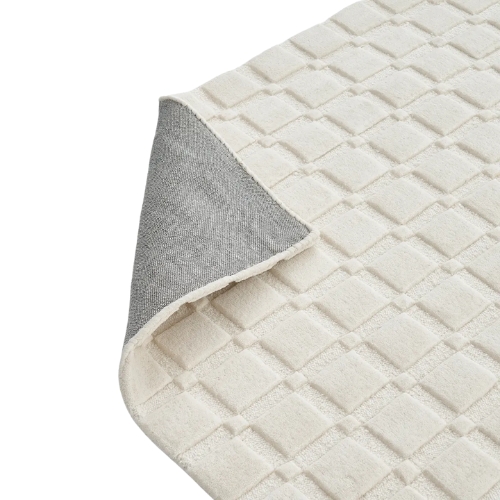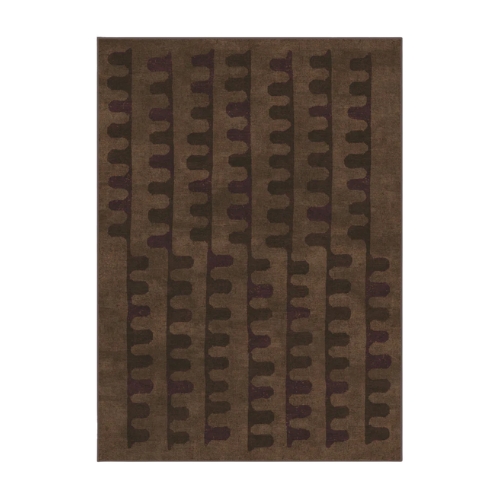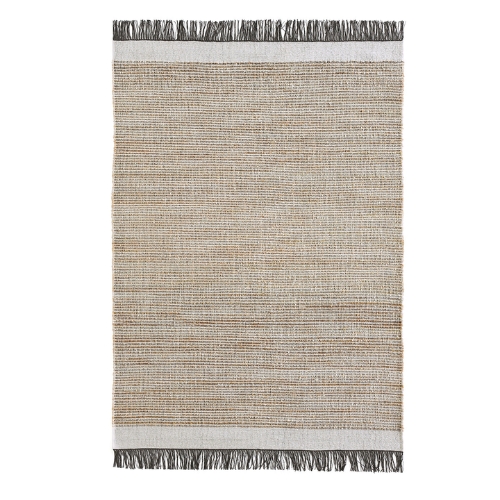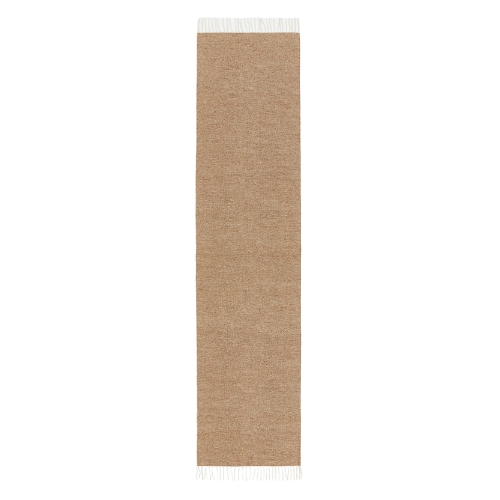Tossing Up Between a Tufted vs Flat-Woven Rug? Here's the Difference, and Which Is Cooler for Homes in 2025
Factors like durability, material, and construction all contribute to finding the rug that is right for your space
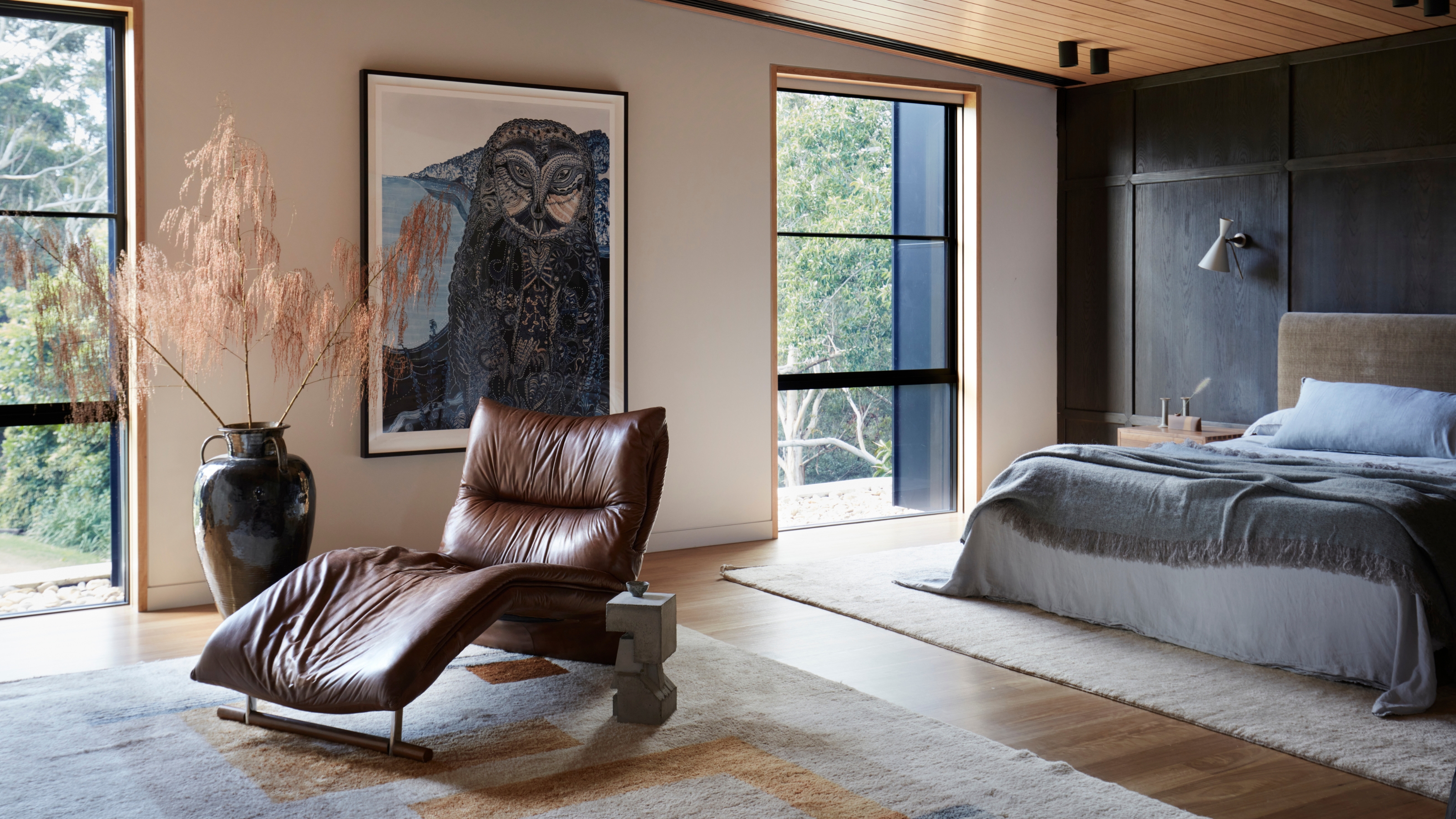

I've spent a lot of time this month searching for the coolest, stylish, most designer-looking rugs, and it's taught me one important lesson: not all rugs are made equal. Some are designed to offer a plush respite from hardwood floors, while others are lauded, namely for their durability. It often comes down to the tufted vs flat-woven rug debate — so, which do you choose?
Tufted and flat-woven rugs are two of the most popular styles, but they have significant differences in terms of construction, appearance, and durability. Tufted rugs have a higher pile height and are made by punching yarn through a backing material, while flat-woven rugs are woven with interlacing yarn and lay flat to the floor (hence the name flat-woven). Which are better? Well, it's down to opinion, but it's an opinion that Livingetc.com's editor Hugh Metcalf does hold strongly. "For a long time, I've been all about the minimalism of flat-woven rugs but, honestly, I think tufted ones are the way forward. They're more generous, comfortable, luxurious, but the battle is in finding ones that feel contemporary enough that they bring a cool factor to the space."
It's not an easy task finding the best rug for your space, no matter which you prefer, but, in order to help you make an informed decision between tufted vs flat-woven rugs, I've asked experts for their best advice on when to go for one or the other. Here's what they shared.
What Are Tufted Rugs?
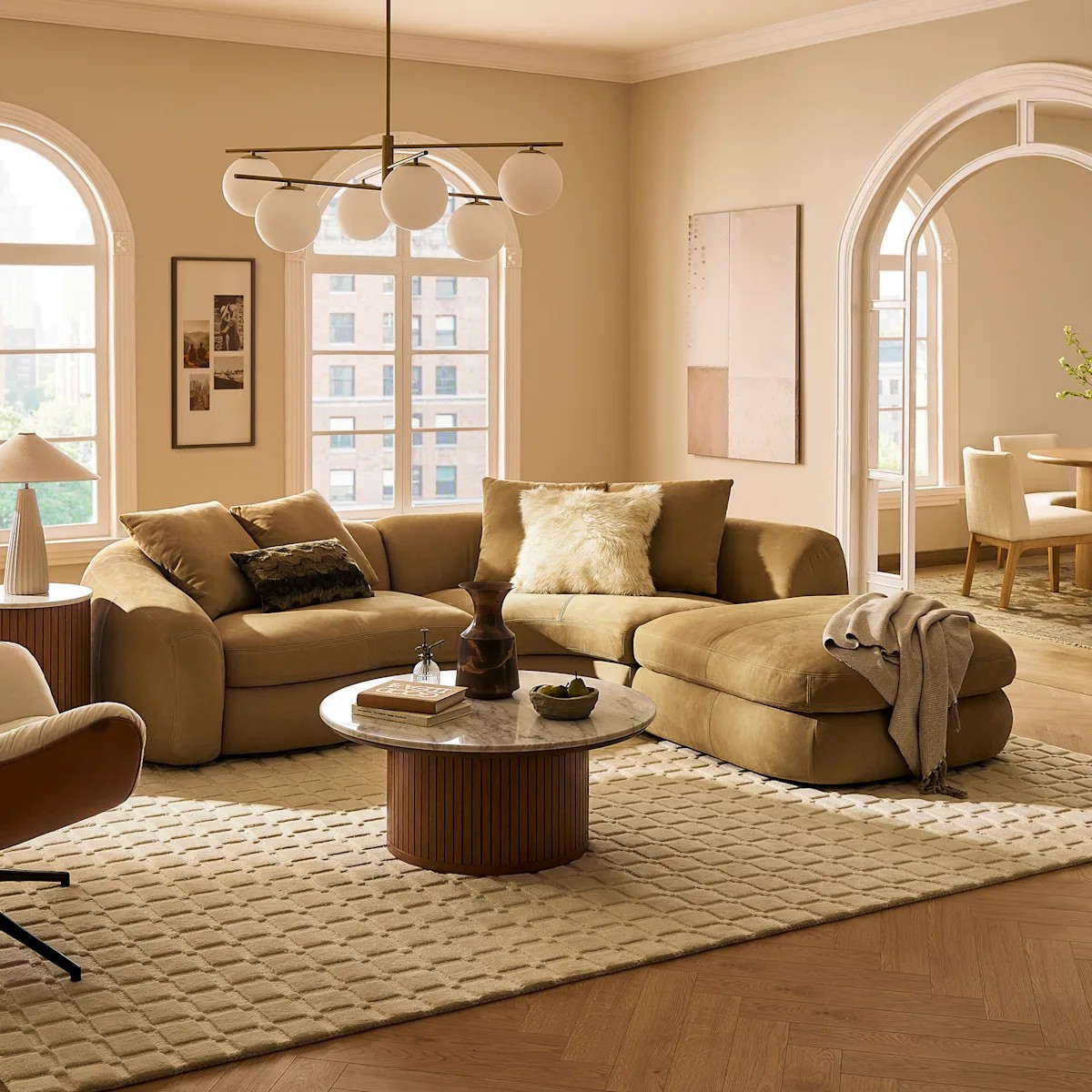
Tufted rugs add a soft textural element, making communal places like the living room feel cozier.
You may have heard of a tufted rug before (they tend to be the most standard type), but what does the term actually mean? "A tufted rug is a slightly higher pile rug that utilizes a hand tool to punch the material through a backing," explains Angie Burge, owner of English Village Lane, a custom rug studio located in Birmingham, Alabama.
It’s a technique that allows for a wide variety of textures and designs, and it often results in rugs that are plush, cozy, and tactile. In many cases, tufted rugs tend to be quicker to produce, "making them a popular choice for customized pieces where comfort and appearance are key, like a bedroom rug idea where you would want to maximize comfort," says Michael Mandapati, founder of Warp & Weft. "They’re like a soft canvas, offering a lot of visual and tactile versatility."
It's also often a great alternative to hand-knotting methods, adds Angie, "especially when you want a busier pattern on a rug, as they end up being most cost-effective."
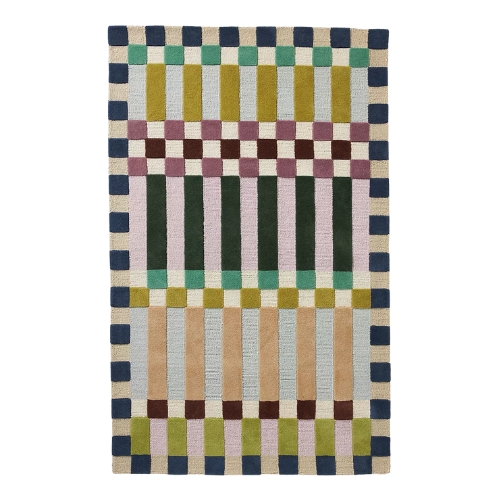
The coolest new pattern for rugs this year is a plaid rug, and this hand-tufted style from Anthropologie is a playful way to try out the trend.
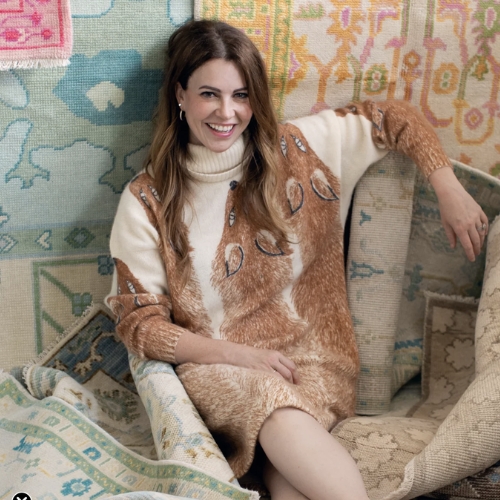
Angie Burge is a rug designer and owner of the Alabama-based rug company, English Village Lane. Angie started her business after learning the importance of having high-quality rugs in every room of the home. Her company produces original rug designs in modern oushak, flatweave, jute, indoor/outdoor, and a host of natural fibers.
What Are Flat-woven Rugs?
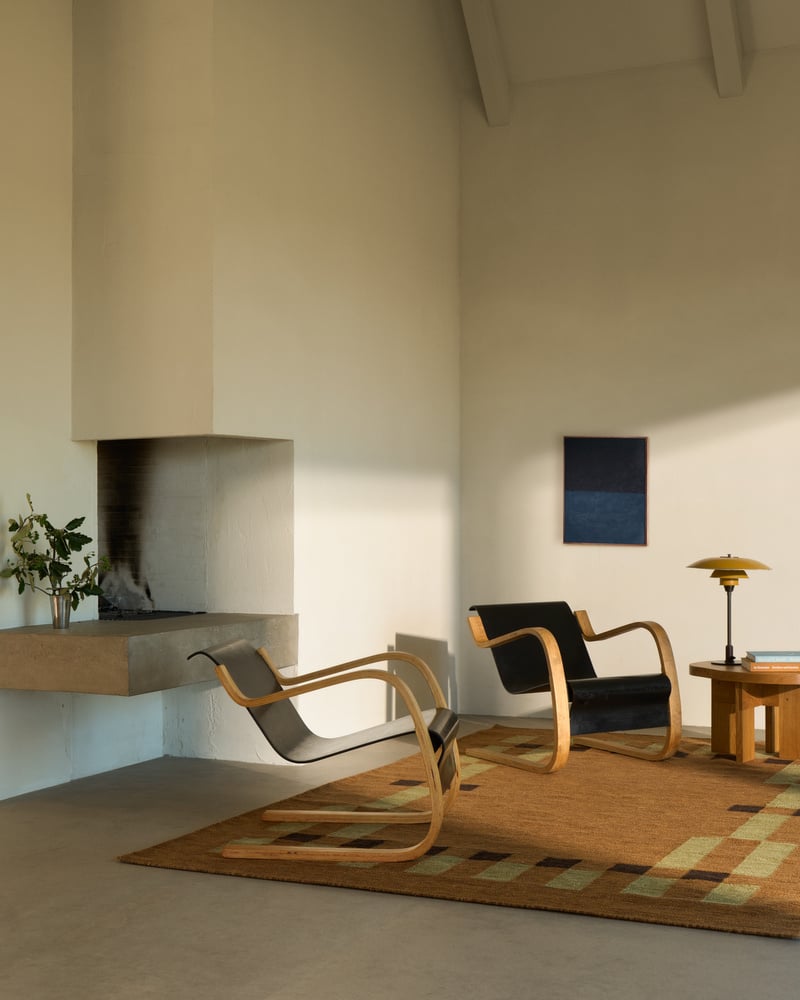
Flatweaves fit with a range of design styles and are great for areas that may accumulate a lot of dust and dirt.
So, what's a flat-woven rug in comparison? "A flat-woven rug is a rug that is woven along a weft (strings) to create a more simplistic pattern," explains Angie. These styles sit flat to the ground, hence their name.
The Livingetc newsletters are your inside source for what’s shaping interiors now - and what’s next. Discover trend forecasts, smart style ideas, and curated shopping inspiration that brings design to life. Subscribe today and stay ahead of the curve.
"This is an ancient craft seen in kilims, dhurries, and various rugs from Turkey, Iran, India, and other Central Asia and Middle Eastern countries," adds Michael. The process involves tightly interlaced weft and warp threads, producing thinner, lightweight, durable rugs. "These rugs carry a rich tapestry of cultural histories and symbolism, blending the old and the new seamlessly," says Michael.
Style-wise, a flatweave, due to the weaving patterns, is typically reserved for more geometric or 'straight' lines. The plaid rug trend, striped rugs, or a Scandinavian-style rug would be beautiful as a flatweave.
But beyond just looks, a flat-woven rug is a more practical or durable choice. For instance, any outdoor rugs come as a flat weave as they don't trap as much dirt and can be more easily cleaned.
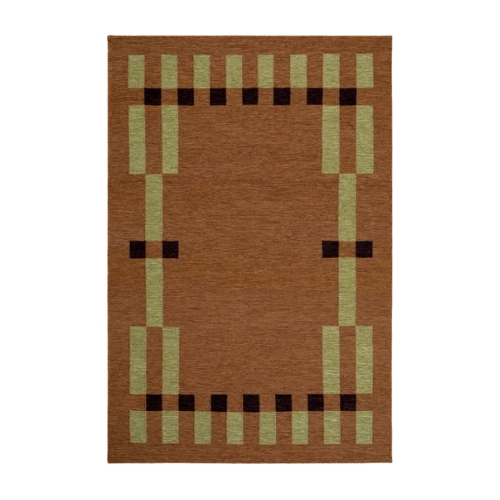
I am currently obsessing over this Tradition rug from Nordic Knots — I even included it in my round up of Scandinavian decor. It's the practicality of flatweave without sacrificing style.
Michael Mandapati is a rug designer and the founder of the rug company, Warp & Weft. As warps and wefts are interwoven in the creation of rugs, Michael strives to achieve that perfect intersection of form, color, and texture, essential to all great rugs and carpets. Michael believes the rug is itself the foundation of the larger space that it inhabits.
The Tufted vs Flat-Woven Rug Debate
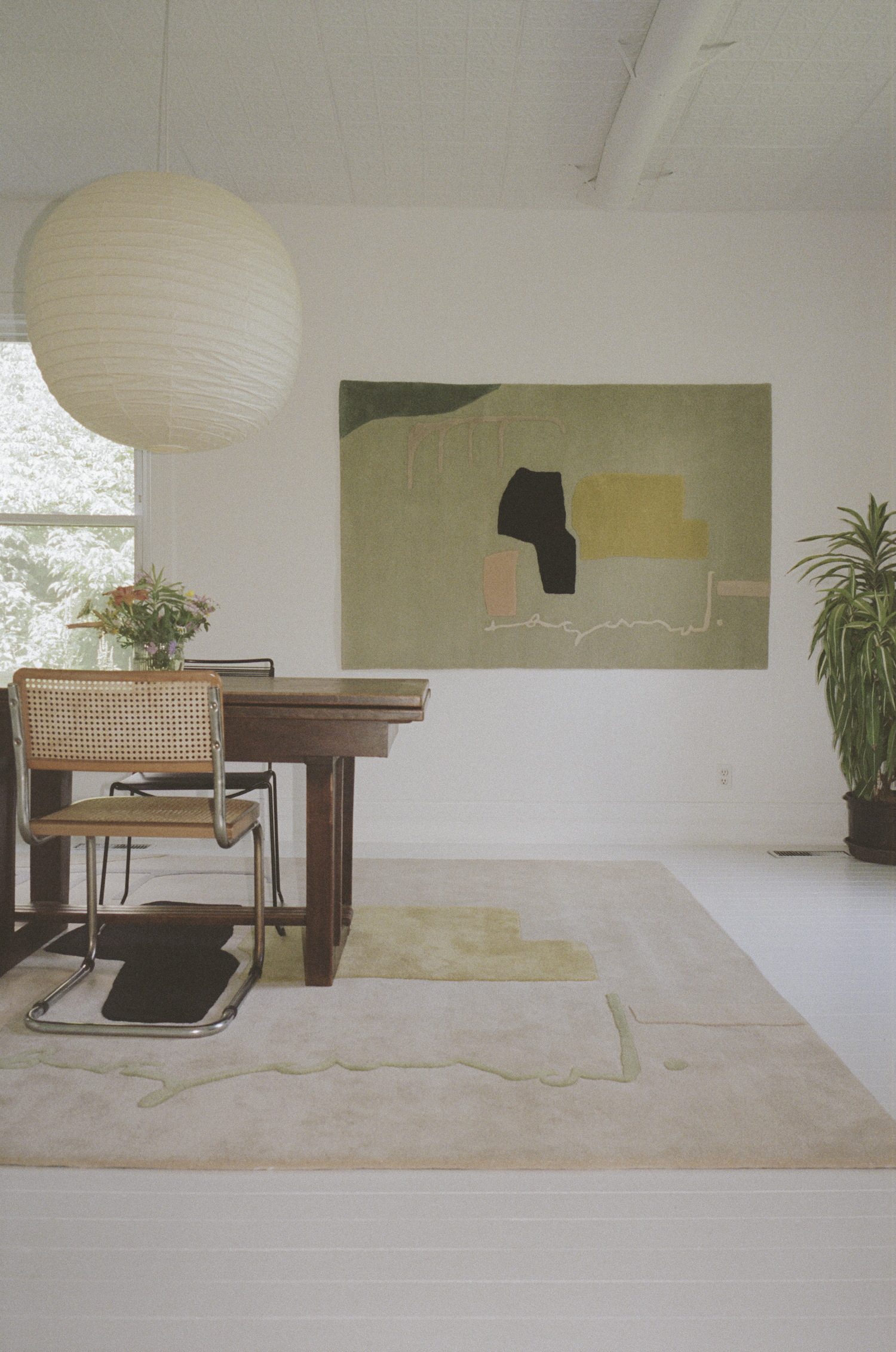
Tufted rugs can work well even in high-traffic areas, depending on the level of care you are willing to commit to.
The decision between tufted vs flat-woven rugs really comes down to your personal preference, as well as what you need out of the rug. But there are a few factors to consider that will help you decide.
Function
A tufted rug is perfect when you want a statement piece that offers comfort underfoot, for living rooms, bedrooms, or cozy living areas. It brings warmth to a space and invites touch.
"You might choose a tufted rug for a more intimate environment or when you want the softness to be part of the experience," says Michael.
That's not to say a flat-woven rug can't also be beautiful in these sorts of spaces; it just excels in areas that demand more durability, such as high-traffic areas like hallways, entryways, or kitchens.
"It’s also ideal where a cleaner, more minimal aesthetic is desired, especially in contemporary or Scandinavian-inspired interiors where function and form go hand in hand," says Michael.
Style
Whether you would like a patterned rug or a solid rug is another factor to consider. "If you want a more complex pattern or something with a plusher feel, then tufted is the way to go," says Angie. "However, a flat weave is a little more transitional and could be swapped around more often."
"If your rug is near a door frame, ensuring you have clearance for the door to swing over the rug is another must," adds Angie. With both the higher pile height of a tufted rug and a rug pad, you need to ensure you have a solid one-inch clearance." Whereas, flatweaves are certainly lower, at closer to about 1/8 inches in most constructions.
Budget
As for budget, where a hand-knotted rug ranks at the top of the price range, a hand-tufted rug is pretty comparable to a wool flatweave.
"Some machine-made flatweaves are made of wool and cotton and can be produced for much less, but there is usually a visible difference between a hand-woven flatweave and a machine-made one, particularly at the junctions," warns Angie. It's always best to go for quality when shopping for rugs.
But thankfully, whichever you choose, you don't need to worry about either style being on the list of rugs going out of style in 2025 — they are both classics.
Which style to choose ultimately comes down to how and where you will use it in your home. Where tufted rugs offer coziness, a flatweave offers durability, but both are stylish.

Olivia Wolfe is a Design Writer at Livingetc. She recently graduated from University of the Arts London, London College of Communication with a Masters Degree in Arts and Lifestyle Journalism. In her previous experience, she has worked with multiple multimedia publications in both London and the United States covering a range of culture-related topics, with an expertise in art and design. At the weekends she can be found working on her oil paintings, reading, or antique shopping at one of London's many vintage markets.
